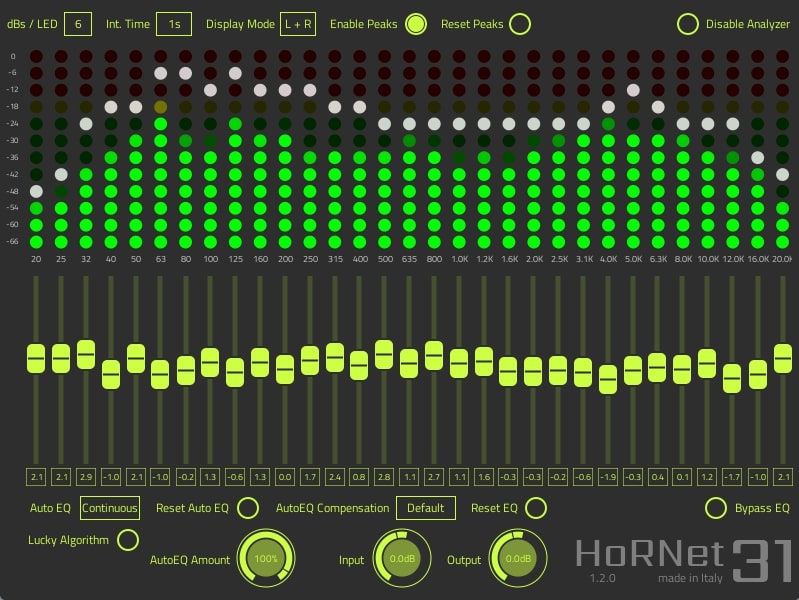


Deleting ZS.cfg will force the program to load default values, and write a new ZS.cfg upon program exit. red is ff0000ff, blue is ffff and yellow is ffff00ff. Diagram colors may be altered by editing ZS.cfg, color values are saved in hex using RGBA format, e.g.Recorded data/Exported diagrams are saved in program's execution directory.Using the Export to PNG function requires zlib.dll and libpng.dll to be in the program's execution directory.Should it not start because of this, simply delete ZS.cfg, as the program will then create a new one with the default settings, which uses Windows' built-in GDI system renderer instead. Since v210419, the included configuration file instructs the program to use the OpenGL renderer.See Electrical Setup below for details on this. Otherwise, your signal can drop to zero volts. For higher sampling rates you may need to add a voltage follower to your signal, especially if your signal is high impedance, because the internal impedance of the Arduino will be very low at higher sampling rates.USB/Serial chip CH340 does not have this issue, but has many COM communication errors at higher sampling rates. To do this, go to Device Manager, open COM port, go to Port Settings, click Advanced and adjust latency to 1 ms. If your Arduino uses an FTDI USB/Serial Chip, you need to adjust latency from the default 16 ms to 1 ms for best performance.Windows 7 or newer operating system (Tested on Windows 7 and Windows 10 systems).Execute ZS.exe, choose your COM-Port, channel config and sampling rate, and click Connect.Upload included at328p.ino file to your Arduino Uno/Nano or similar AT328P ( Note: Please don't forget to reupload this if you're upgrading! ).1-100 kHz sampling rate (since v210603 full 100kS/s across all channels!).

Use your PC and Arduino as an oscilloscope!


 0 kommentar(er)
0 kommentar(er)
